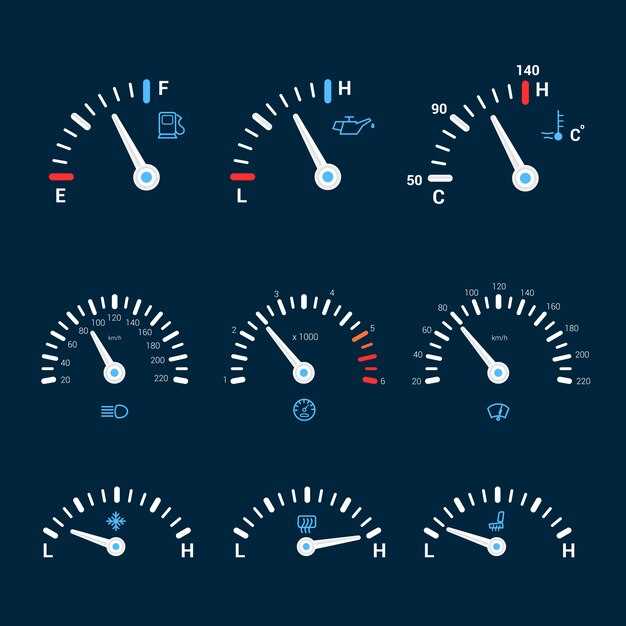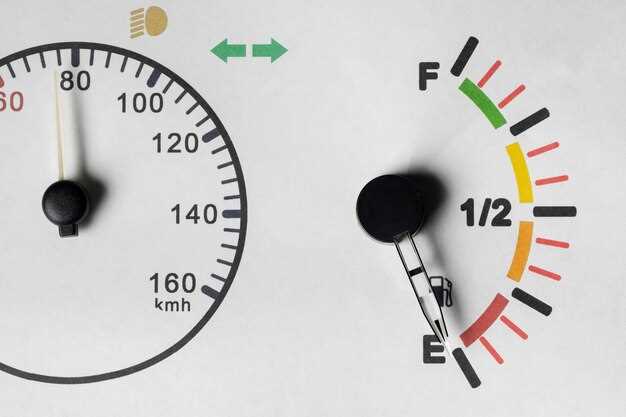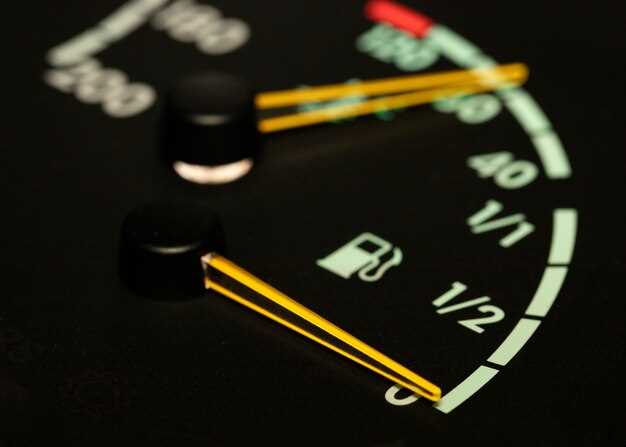
The air-fuel ratio (AFR) is a critical factor that significantly influences the performance and efficiency of internal combustion engines. It refers to the proportion of air to fuel in the combustion mixture and plays a pivotal role in determining how optimally an engine operates. Achieving the ideal AFR is essential for maximizing horsepower, torque, and fuel economy, making it a vital consideration for performance engine builds.
When the AFR is too rich or too lean, engine performance may suffer. A rich mixture, which contains excess fuel, can lead to inefficient combustion, carbon buildup, and increased emissions. Conversely, a lean mixture, with too much air relative to fuel, can result in elevated combustion temperatures and potential engine damage. Understanding the impacts of different air-fuel ratios allows builders and tuners to fine-tune engine performance, enhance reliability, and optimize efficiency.
In this article, we will explore the complexities of air-fuel ratios and their implications for performance engine builds. We will delve into how specific AFR adjustments can affect power output, fuel consumption, and overall engine health. By examining the interplay between combustion dynamics and air-fuel ratios, enthusiasts can gain invaluable insights into creating high-performing and enduring engine configurations.
Determining the Optimal Air Fuel Ratio for Maximum Horsepower Output

In the pursuit of maximizing horsepower output in engine performance builds, understanding the optimal air-fuel ratio (AFR) is crucial. The AFR, defined as the ratio of air mass to fuel mass in the combustion process, plays a pivotal role in determining engine efficiency and power delivery.
The generally accepted optimal AFR for gasoline engines is approximately 14.7:1, known as the stoichiometric ratio. This ratio allows for complete combustion, minimizing unburned fuel while optimizing energy extraction. However, performance builds often require a deviation from this ideal ratio to achieve maximum horsepower.
To enhance power output, many tuners lean towards a richer AFR, typically ranging from 12.5:1 to 13.0:1. A richer mixture provides additional fuel that allows for more aggressive ignition timing and increased cylinder pressure. This results in a more powerful combustion event, thereby enhancing horsepower. Nevertheless, tuning must be conducted carefully, as excessively rich mixtures can lead to issues such as increased emissions, lower fuel efficiency, and potential engine damage.
Conversely, an excessively lean AFR can lead to higher combustion temperatures and the risk of pre-ignition, potentially damaging engine components. Therefore, a balanced approach is essential. Engine builders should utilize tools such as air-fuel ratio gauges or wideband O2 sensors to monitor and adjust the AFR dynamically during testing runs.
Additionally, factors such as engine type, boost levels in forced induction applications, and fuel type should be considered when determining the optimal AFR. For boosted engines, the target AFR can often be richer to handle the increased air density and pressure, thus providing better power output under high-performance conditions.
Ultimately, achieving the optimal air-fuel ratio requires extensive testing, data collection, and precise tuning. Engaging in dyno testing allows builders to fine-tune fuel maps and ignition timing, ensuring that the AFR is optimized for peak horsepower while maintaining engine reliability.
How Air Fuel Ratios Influence Engine Tuning and Calibration Techniques
Air-fuel ratio (AFR) is a critical parameter in engine tuning and calibration, as it directly affects combustion efficiency, power output, and emissions. An optimal AFR ensures that the engine operates within a specified range, maximizing performance while minimizing fuel consumption and harmful emissions.
The ideal stoichiometric ratio for gasoline engines is approximately 14.7:1, meaning 14.7 parts of air to one part of fuel. Deviations from this ratio can lead to different tuning approaches. A richer mixture (lower AFR) can enhance power output, especially at wide-open throttle conditions, as it helps prevent detonation and supports cooling. However, running excessively rich can result in poor fuel economy and increased emissions.
Conversely, a leaner mixture (higher AFR) may improve fuel efficiency and decrease emissions under certain conditions. Lean tuning is often utilized during cruise conditions to enhance efficiency; however, it poses a risk of misfire and engine damage if pushed too far. Thus, careful monitoring and adaptation of the AFR are essential during the calibration process.
Moreover, tuning strategies often incorporate the dynamic nature of AFR, where engine load, speed, and temperature can influence the optimal setup. Advanced techniques such as closed-loop feedback systems allow for real-time adjustments based on oxygen sensor data, ensuring the AFR remains within the desired threshold as driving conditions change.
Fuel types also play a significant role in determining the optimal AFR. Different fuels have varying combustion characteristics, requiring distinct tuning approaches to achieve effective combustion. For example, ethanol blends require a richer AFR to compensate for their lower energy content compared to gasoline.
In summary, understanding how air-fuel ratios influence engine tuning and calibration techniques is vital for optimizing engine performance. Effective tuning requires a comprehensive analysis of engine parameters, fuel characteristics, and operating conditions, enabling the development of tailored strategies that enhance power, efficiency, and emissions control.
Effects of Variations in Air Fuel Ratios on Engine Longevity and Reliability

Variations in air-fuel ratios (AFR) significantly influence engine longevity and reliability. An optimal AFR ensures complete combustion, which minimizes the production of harmful emissions and promotes efficient power generation. Conversely, deviations from this ideal ratio can lead to adverse effects on engine components and overall performance.
Rich mixtures, characterized by an excess of fuel, can result in incomplete combustion. This scenario leads to carbon buildup on spark plugs, valves, and combustion chambers, potentially causing pre-ignition and knocking. Additionally, the presence of unburnt fuel can contaminate engine oil, leading to decreased lubrication properties and accelerated wear of critical engine parts.
On the other hand, a lean mixture, where there is insufficient fuel, can elevate combustion temperatures. This increase in temperature places excessive thermal stress on engine components such as pistons, cylinder heads, and exhaust valves. Prolonged operation in a lean state can cause pre-ignition, detonation, and even catastrophic engine failure due to overheating and melting of critical components.
The impact of AFR variations extends beyond immediate performance issues. Engines subjected to improper air-fuel ratios often experience reduced reliability. Frequent maintenance becomes necessary as components wear out more rapidly or fail prematurely. Moreover, prolonged exposure to incorrect AFR can lead to costly repairs and a shorter service life, significantly impacting the overall cost of ownership.
To enhance engine longevity and reliability, it is essential to monitor and adjust the air-fuel ratio according to specific operating conditions and manufacturer recommendations. Implementing advanced engine management systems can provide real-time adjustments to maintain optimal AFR, thereby ensuring both performance efficiency and durability.

